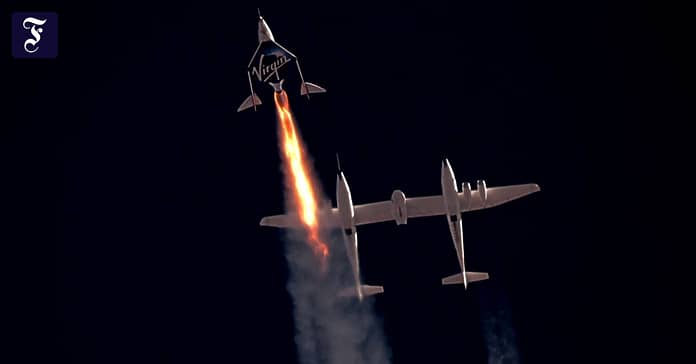DrIt is a dream of everything but the new. Already in 1967, hotelier Baron Hilton and German rocket engineer Kraft Arnold Erich were at the 13th Congress of the American Astronautical Society. space tourism And they dreamed of space hotels. Ideas for developing reusable tourist space facilities were continuously developed in the following years, and it seemed that opening up near-earth space and beyond for paying customers wasn’t far in the future at the time.
But it took a surprisingly long time to even Richard Branson With his company Virgin Galactic and Jeff Bezos with Blue Origin, it has now ushered in the era of commercial spaceflight. Its start is a little less exciting than would have been imagined 50 years ago – so far it’s been just short flight visits at an altitude that can be defined with a little goodwill as the frontiers of space, but at least it got started. The sector is expected to witness tremendous growth in the coming years. However, the delay in the space tourism project led to the public’s perception of aspects that, despite all their visionary instinct, were still a blind spot in the late 1960s: Climate change The scarcity of resources are central issues. Companies cannot afford not to have sustainability on their agenda.
The idea of giving a few passengers a brief glimpse of our home planet, rooted in the blackness of space, while using large amounts of energy seems as irresponsible as many are ignorant of against the backdrop of international efforts on sustainability. climate and environmental protection. Also Branson and Bezos The topic cannot be ignored and they claim that their companies have the sustainability of their activities in mind.
Branson: Balancing CO2 is like a transatlantic flight in business class
Richard Branson likes to compare the carbon dioxide balance of a spaceflight per passenger to a transatlantic flight in business class—CO2 calculators estimate about two tons per way for such a flight between London and New York. Virgin Galactic’s transport system consists of a transport aircraft, a spaceship and a passenger ship, the rocket engine of which is used only at an altitude of about 15.5 kilometers. A hybrid engine is used: the solid fuel, in this case HTPB, is combined with a liquid fuel as the oxidizer, in this case nitrous oxide. The US Federal Aviation Administration released a report on CO2 production for the Combined Aviation System لنظام Estimated at around 27 tons per flight in 2012 – with six passengers on Space Ship Two plus two pilots, that’s 4.5 tons per passenger. This report also shows that these emissions are negligible in their contribution to climate change compared to national and global values.





